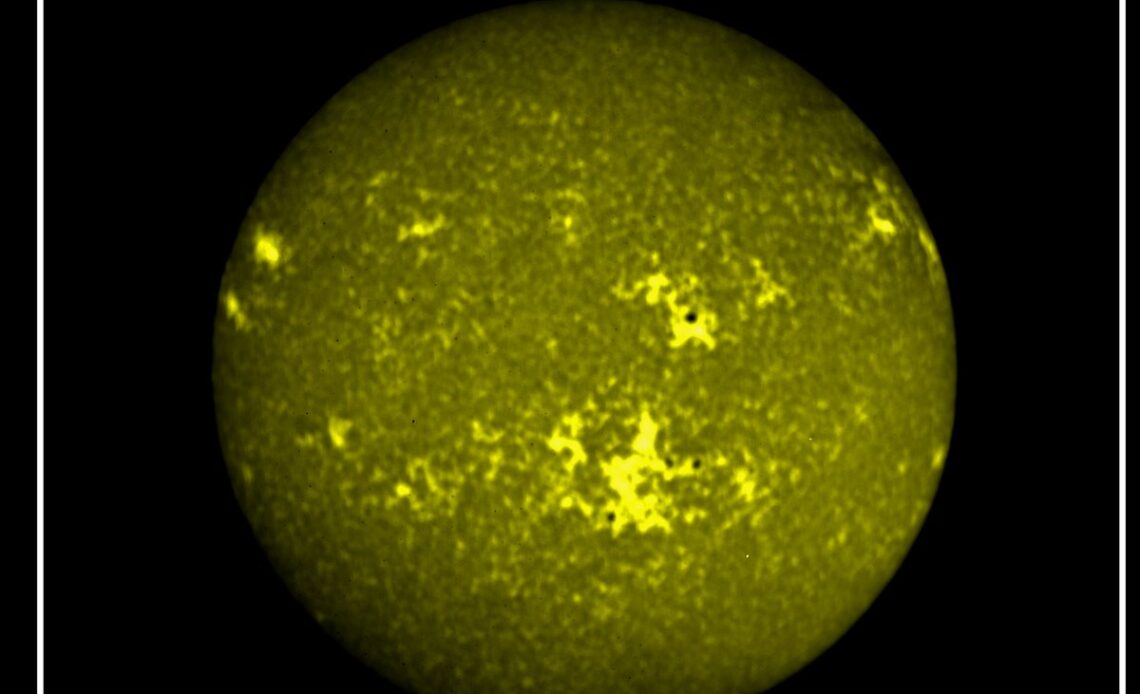
India’s Aditya L-1 mission has shattered the cosmic silence by unveiling the Sun’s mesmerizing picture in exceptional detail. Through the lens of the Solar Ultraviolet Imaging Telescope (SUIT), an emissary aboard ISRO’s inaugural solar expedition, the mission has etched the inaugural full-disk images of our radiant star, unveiling its celestial dance in near ultraviolet splendour. The breathtaking visuals, spanning 200 to 400 nm wavelengths, have ushered humanity into uncharted realms, offering a cosmic spectacle never witnessed before.
ISRO, the architect of this cosmic revelation, shared these celestial snapshots on the digital canvas of social media. In their announcement, they heralded these images as gateways to “pioneering insights into the intricate details of the Sun’s photosphere and chromosphere.” The Solar Ultraviolet Imaging Telescope, a luminary among seven payloads on Aditya L-1, stands as a sentinel, capturing the Sun’s ultraviolet essence and scrutinizing the nuances of light energy emissions.
The Solar Wind Ion Spectrometer (SWIS), a maestro within the Aditya Solar wind Particle Experiment (ASPEX) payload, commenced its cosmic sonata on December 2. Preceding this, the High Energy L1 Orbiting X-ray Spectrometer (HEL1OS) unveiled the solar flares’ mystique in a mesmerizing display last month.
Launched from the Satish Dhawan Space Centre on September 2, Aditya L-1 rides the powerful Polar Satellite Launch Vehicle (PSLV), a stalwart among ISRO’s cosmic steeds. Beyond its visual revelations, Aditya L-1 seeks to unravel the Sun’s secrets—its radiance, the ebb and flow of particles, magnetic fields, and their profound influence on our cosmic ballet. As the PSLV sets Aditya L-1 on its orbital dance, humanity eagerly anticipates the unveiling of the solar saga, enriching our cosmic tapestry with newfound wisdom.


